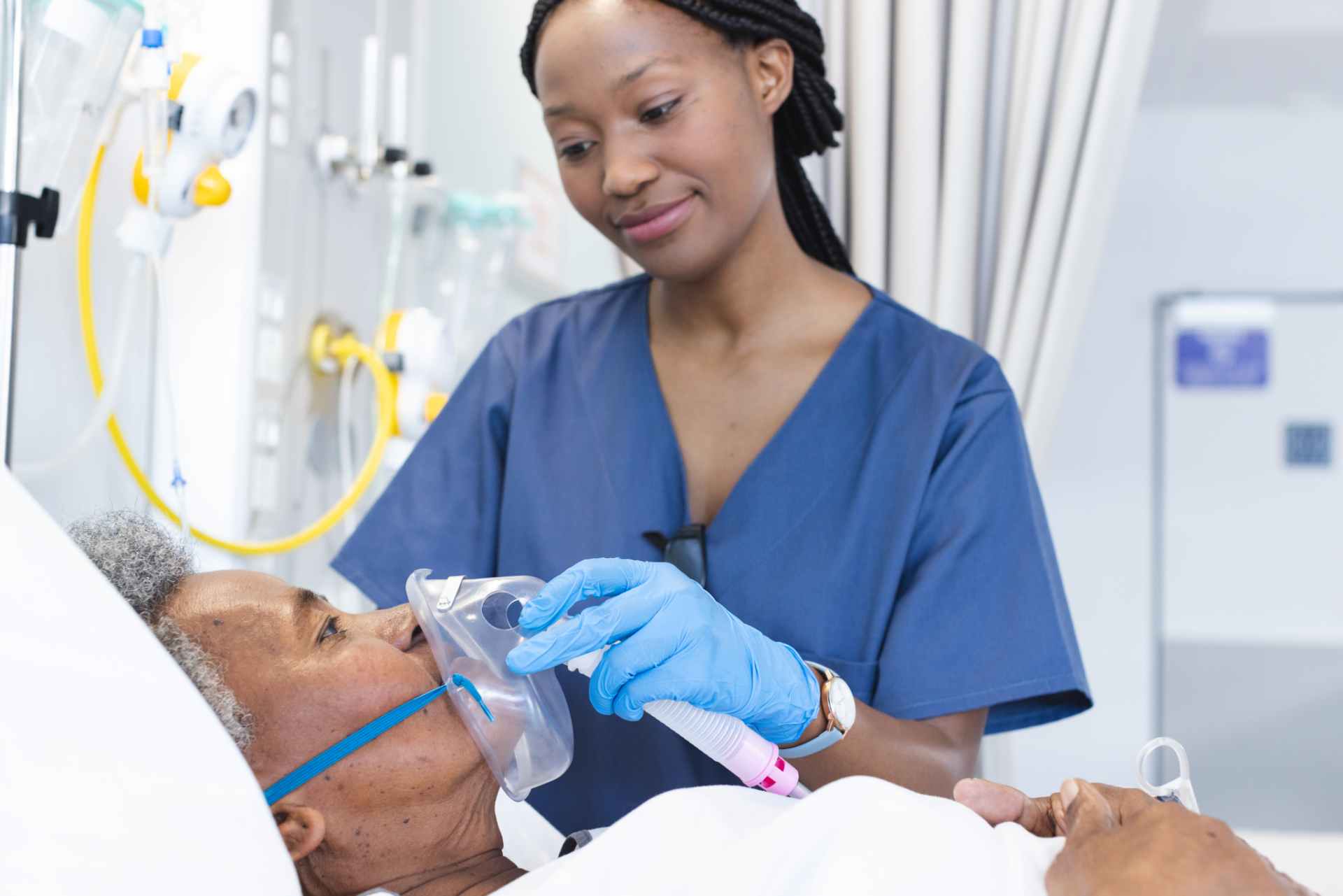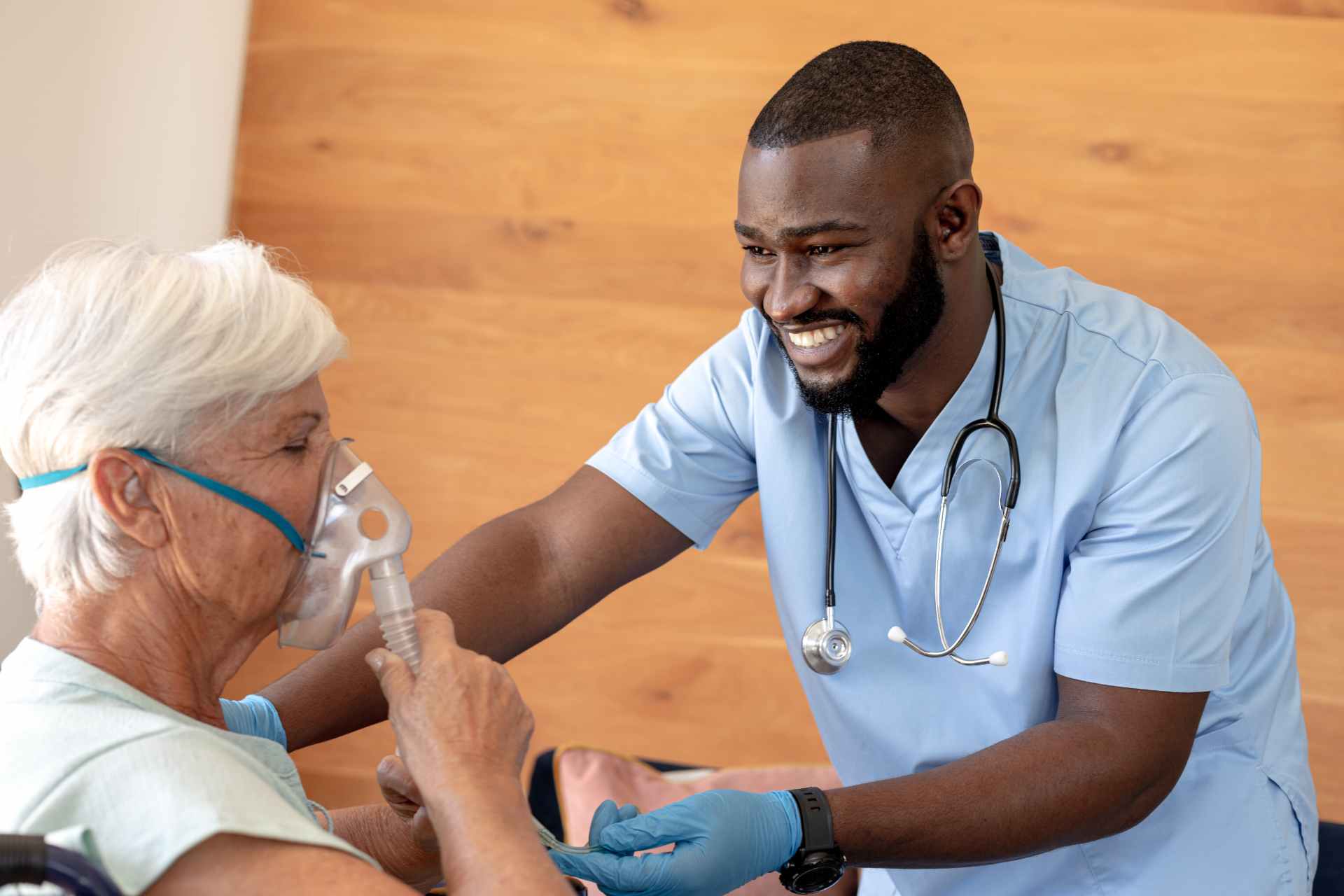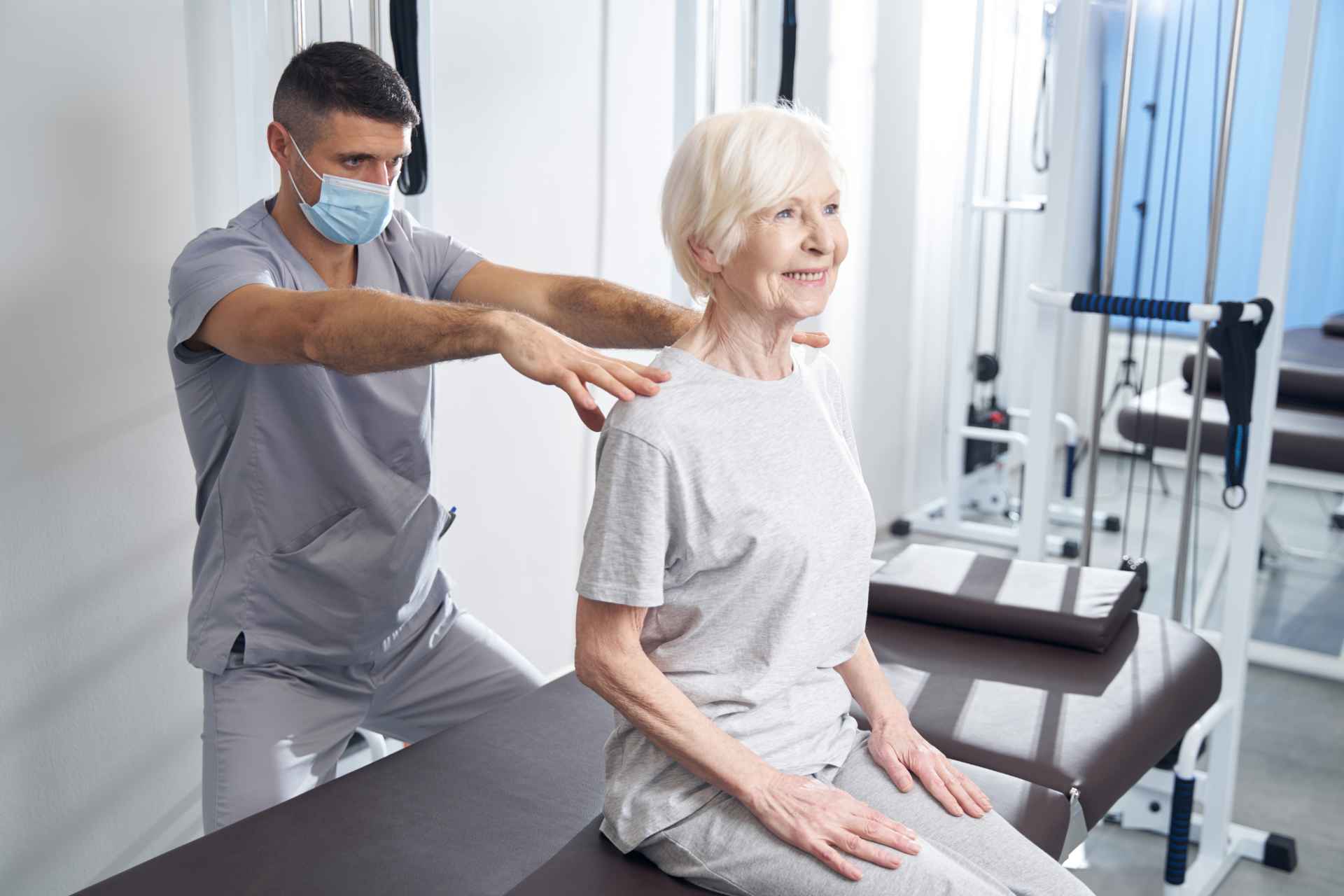SLP Staffing company in New York
Services provided to Persons with Speech and/ or Language problems due to Hearing Impairment. Communication is vital to the survival and success of everyone in this world. We need to communicate to convey our messages to other people. While most of us communicate without any problems, there are individuals who have problems with their communication skills. Speech-language pathologists can help individuals of all ages, from babies to adults deal with different types of communication problems and swallowing issues. Speech-language pathologists or SLPs work with people to address communication problems such as speech sounds, literacy, language, fluency, voice, cognitive-communication, and social communication. Individuals who are having difficulties with their communication skills should consider working with a SLP. Most medical organizations have speech therapy staffs under their team. If your company doesn’t have speech-language pathologists or is undergoing staffing process, don’t forget to check out staffing agencies.
Proactive Healthcare Recruiters provide qualified and licensed speech-language pathologists who can fill in the void in your medical company. Our medical professionals are highly-trained, well-experienced, and capable of providing solutions to speech, literacy, and communication problems. We provide cost-effective speech therapy staffing solutions to medical facilities in the United States of America. Our recruitment agency provide staff therapy professionals such as speech-language pathologists to all types of healthcare facilities in America. With our diverse workers, we can supply medical personnel for hospitals, rehabilitation facilities, clinics, assisted living facilities and other settings in the healthcare industry.
With our speech therapy staffing services, your organization can expect a smooth transition of medical employees who are qualified, licensed, skilled, and well-trained in their designated area. We can also place temporary staff in speech therapy jobs that are hard to fill with permanent employees. With our large network of medical personnel, filling vacancies is an easy job for us. Our team can quickly fill a vacancy so you can avoid interruptions for your business. We will help you get over one of the most difficult process in human resource management. You can focus on your business while we handle the tedious staffing process for your company. Proactive Healthcare Recruiters will support the staffing requirements of your organization by providing the best candidates for either temporary or permanent placement positions.
Allow us to use our expertise and years in the recruitment industry to help you fill in the void in your healthcare facility or company. With highly-skilled and research-based team, we conduct high-quality screening and recruitment process to meet and exceed the client’s expectations. Rest assured that our therapists are qualified and properly screened to make sure we offer the right people. Our staffing solutions will help you land the perfect fit for your organization and business culture.
Speech-language pathologists (SLPs) work to prevent, assess, diagnose, and treat speech, language, social communication, cognitive-communication, and swallowing disorders in children and adults.
Speech disorders occur when a person has difficulty producing speech sounds correctly or fluently (e.g., stuttering is a form of disfluency) or has problems with his or her voice or resonance.
Language disorders occur when a person has trouble understanding others (receptive language), or sharing thoughts, ideas, and feelings (expressive language). Language disorders may be spoken or written and may involve the form (phonology, morphology, syntax), content (semantics), and/or use (pragmatics) of language in functional and socially appropriate ways.
Social communication disorders occur when a person has trouble with the social use of verbal and nonverbal communication. These disorders may include problems (a) communicating for social purposes (e.g., greeting, commenting, asking questions), (b) talking in different ways to suit the listener and setting, and (c) following rules for conversation and story-telling. All individuals with autism spectrum disorder have social communication problems. Social communication disorders are also found individuals with other conditions, such as traumatic brain injury.
Cognitive-communication disorders include problems organizing thoughts, paying attention, remembering, planning, and/or problem-solving. These disorders usually happen as a result of a stroke, traumatic brain injury, or dementia, although they can be congenital.
Swallowing disorders (dysphagia) are feeding and swallowing difficulties, which may follow an illness, surgery, stroke, or injury.
Additionally, SLPs:
Provide aural rehabilitation for individuals who are deaf or hard of hearing.
Provide augmentative and alternative communication (AAC) systems for individuals with severe expressive and/or language comprehension disorders, such as autism spectrum disorder or progressive neurological disorders.
Work with people who don’t have speech, language, or swallowing disorders, but want to learn how to communicate more effectively (e.g., work on accent modification or other forms of communication enhancement).
Careers in Speech-Language Pathology
SLPs work with the full range of human communication and swallowing disorders in individuals of all ages. SLPs:
Evaluate and diagnose speech, language, communication, and swallowing disorders.
Treat speech, language, communication, and swallowing disorders.
Provide training and education to family/caregivers and other professionals.
Work collaboratively with professionals from many other disciplines.
Additionally, SLPs may:
Prepare future professionals in colleges and universities.
Own or run clinics or private practices.
Work for national, state, or local associations or agencies.
Supervise and direct public school or clinical programs.
Engage in research to enhance knowledge about human communication processes and develop new assessment and treatment methods that may lead to more effective outcomes.
Provide counseling and consultative services.
Train and supervise support personnel.
Employment Settings
SLPs work in many different research, education, and health care settings with varying roles, levels of responsibility, and client populations. Because of the high demand for speech-language pathology services, part-time, full-time, and PRN (literally, pro re nata—in medicine, on an “as needed” basis) opportunities may be available depending on location, desired facility, employment flexibility, and other factors. In many settings, SLPs often work as part of a collaborative, interdisciplinary team, which may include teachers, physicians, audiologists, psychologists, social workers, physical and occupational therapists, and rehabilitation counselors.
Salary Information
Salaries of SLPs depend on educational background, experience, work setting, and geographical location. Annual salaries ranged from $70,000 to $93,000 for SLPs in health care settings. Those in administration may earn more than $90,000. The salaries for those who are paid an hourly wage range from $40 to $76.salaries for those who worked an academic year were $60,000 to $72,000. The median hourly wage was $53.76, and the median hourly wage for contract employees was $55.00.
Education Requirements
Applicants for the Certificate of Clinical Competence in Speech-Language Pathology (CCC-SLP) must earn a graduate degree, successfully complete the required clinical experiences, and pass a national examination. In some areas, such as college teaching, research, and private practice, a PhD is desirable.
To earn the CCC-SLP, individuals must complete graduate course work and a clinical practicum at a college or university whose program is accredited by the Council on Academic Accreditation in Audiology and Speech-Language Pathology (CAA). This assures graduates that their academic and clinical experience meets nationally established standards. Visit and Find for more information.









